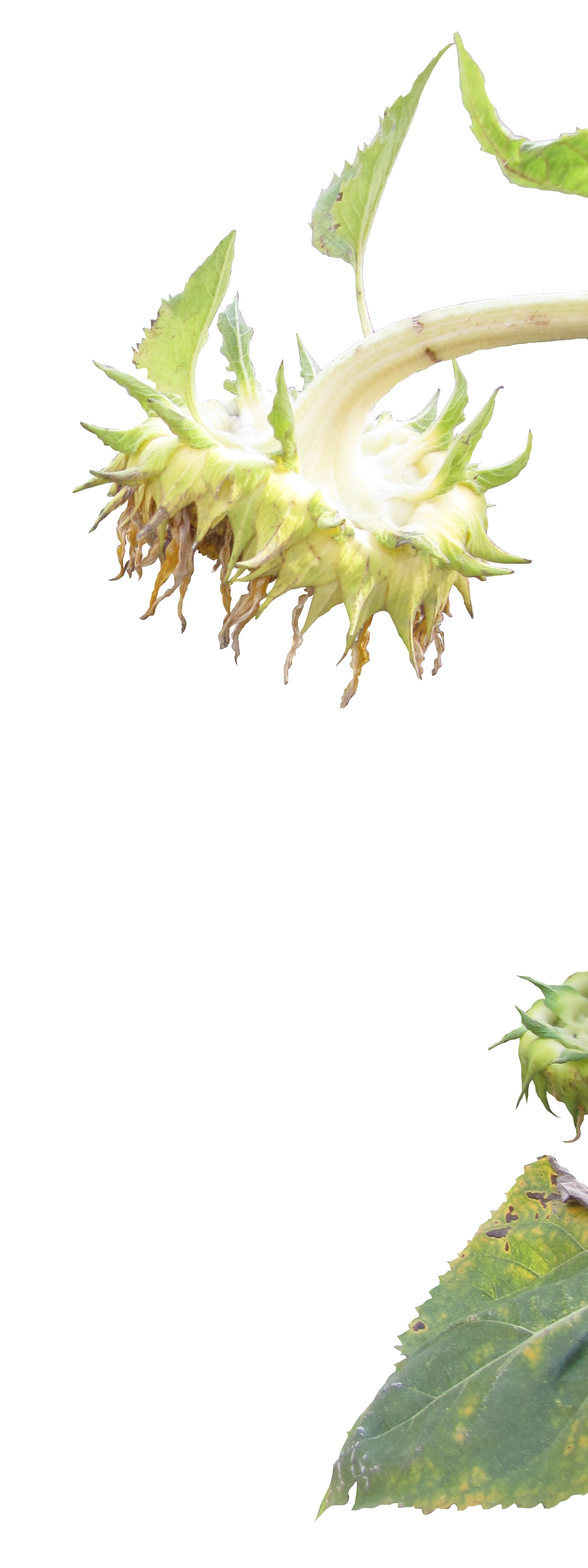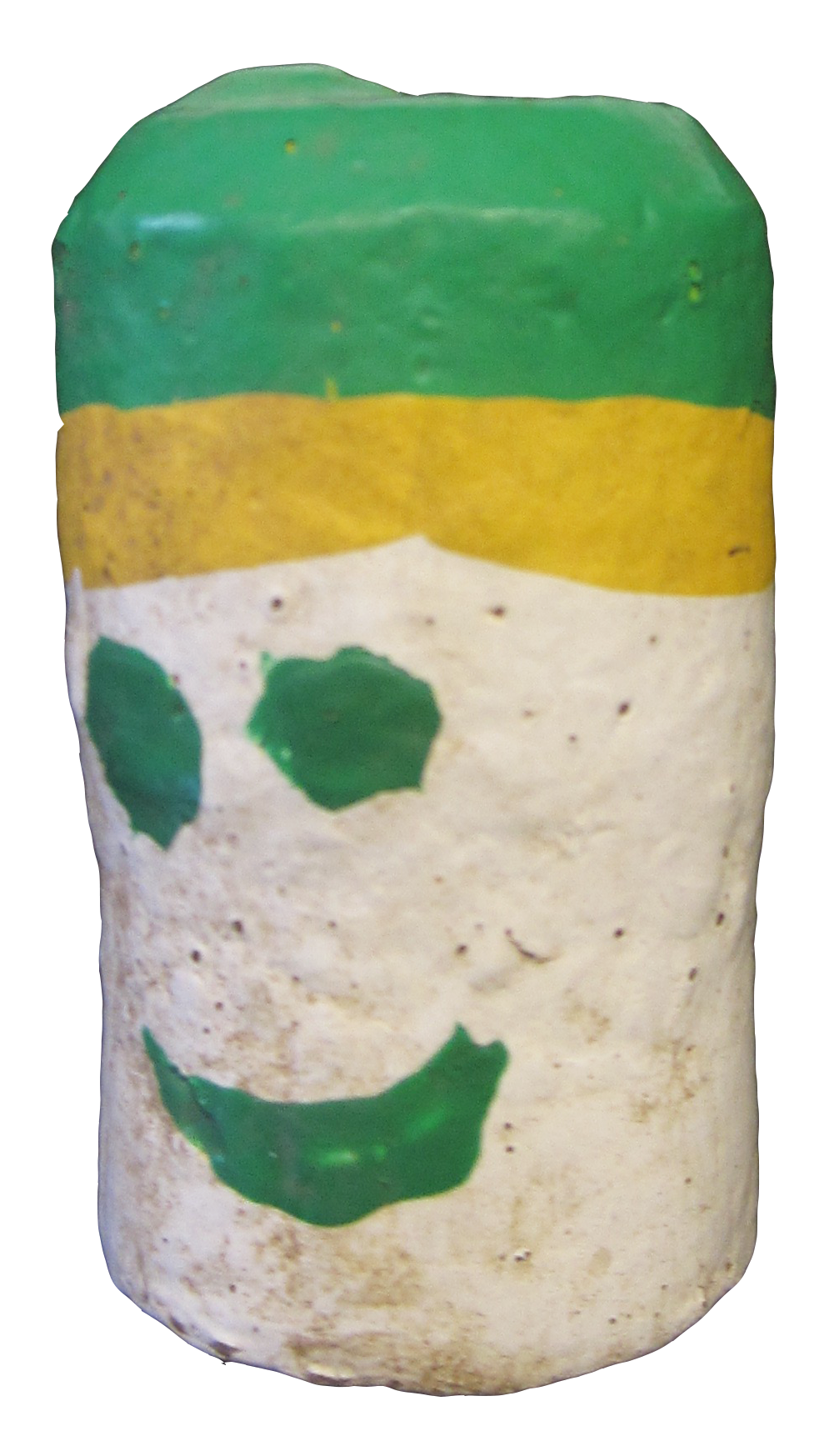

Human
Plant
Human beings' relationship with plants is often theorized and discussed in terms of utility. Michael Marder points out that this relationship is almost always approached as one of either use or categorization1. However, what would it mean for archaeologists to look at human-plant relationships -- as artists often do -- as one of simple co-existence? What does it mean to simply be with plants? What kinds of questions arise when we think of the garden outside of its standard definition as 'bounded and cultivated'2 and rather as a place where humans and plants stubbornly and persistently co-exist in a manner that is unintelligible to the mechanisms of use? -- J.B.
1Marder, Michael. Plant-Thinking: A Philosophy of Vegetal Life. New York: Columbia University Press, 2013. p. 91.
2Miller, Naomi and Kathryn Gleason. 1994. The Archaeology of Garden and Field.
Philadelphia: University of Pennsylvania Press. p.1
